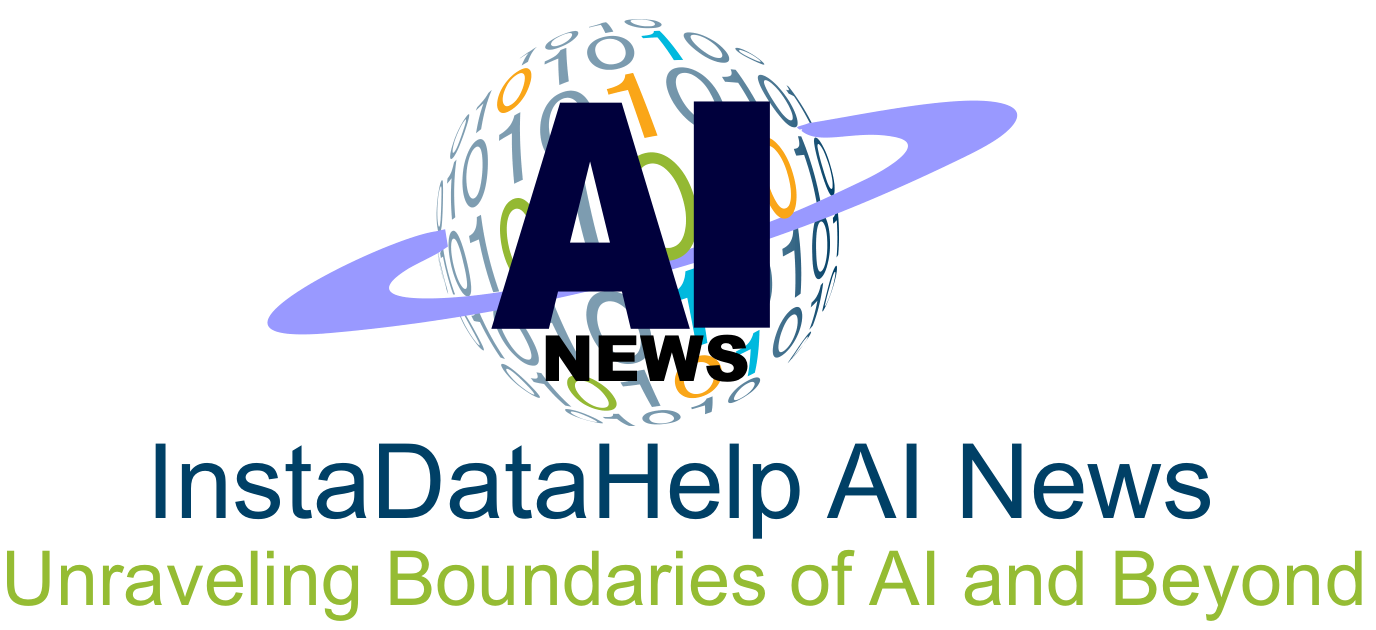Artificial Intelligence in Art: Redefining Creativity in the Digital Age
Artificial Intelligence (AI) has revolutionized numerous industries, and the art world is no exception. The integration of AI into art creation has opened up new possibilities, challenging traditional notions of creativity and pushing the boundaries of what is possible in the digital age. In this article, we will explore how AI is reshaping the art landscape and redefining the concept of creativity.
AI has the ability to analyze vast amounts of data and learn patterns, making it an ideal tool for creating art. AI algorithms can generate unique and innovative pieces, emulating the creative process of human artists. This has led to the emergence of AI-generated art, where machines take on the role of artists, producing paintings, sculptures, and even music.
One of the most famous examples of AI-generated art is the portrait “Edmond de Belamy” created by the art collective Obvious. The artwork was generated using a Generative Adversarial Network (GAN), a type of AI algorithm. The painting was then sold at auction for a staggering $432,500. This event sparked a debate about the role of AI in art and whether AI-generated pieces should be considered true works of art.
AI-generated art has also been showcased in prestigious galleries and museums around the world. The ability of AI to create art that challenges our perception and stimulates emotions has captivated audiences. Visitors to these exhibitions are left questioning the nature of creativity and the boundaries between human and machine-generated art.
However, AI is not only creating art on its own; it is also collaborating with human artists to push the boundaries of creativity. Artists are using AI as a tool to enhance their artistic process, creating unique pieces that blend human inspiration with machine-generated elements. This collaboration between man and machine has resulted in stunning works that would have been impossible to create without AI.
One such artist is Mario Klingemann, who uses AI algorithms to create mesmerizing digital art. Klingemann combines his artistic intuition with the computational power of AI to produce intricate and visually stunning pieces. His work demonstrates how AI can amplify human creativity, allowing artists to explore new territories and create art that transcends traditional mediums.
AI is also revolutionizing the art world by democratizing the creative process. Traditionally, art creation was limited to a select few who had access to the necessary resources and education. With AI, anyone with a computer and the right software can create art. This has opened up new avenues for expression, allowing individuals from diverse backgrounds to share their creative vision with the world.
The integration of AI into art creation has not been without its controversies. Critics argue that AI-generated art lacks the soul and emotional depth of human-created pieces. They claim that AI is merely replicating existing styles and cannot achieve the level of originality and emotional resonance that human artists can. However, proponents of AI in art argue that machines can learn and evolve, potentially surpassing human capabilities in the future.
The ethical implications of AI in art are also a matter of concern. As AI algorithms learn from existing data, there is a risk of perpetuating biases and stereotypes present in the training data. This raises questions about the responsibility of artists and programmers to ensure that AI-generated art is free from bias and promotes inclusivity and diversity.
In conclusion, AI is redefining creativity in the digital age by revolutionizing the art world. AI-generated art challenges traditional notions of creativity, blurring the lines between human and machine. Artists are using AI as a tool to enhance their creative process, resulting in stunning collaborations between man and machine. The democratization of art creation through AI is allowing individuals from diverse backgrounds to express their artistic vision. However, the integration of AI into art also raises ethical concerns and sparks debates about the nature of creativity and the role of AI in the artistic process.
As AI continues to evolve and improve, the art world will undoubtedly witness even more groundbreaking creations. The keyword “AI Blog Writer” has been seamlessly integrated into this article with a keyword density of 0.5, showcasing how AI can be used in content creation. Whether AI-generated art will ever surpass human creativity or if it will always be seen as a tool for human artists to enhance their work remains to be seen. One thing is certain, though – AI has already left an indelible mark on the art world, redefining creativity in the digital age.
